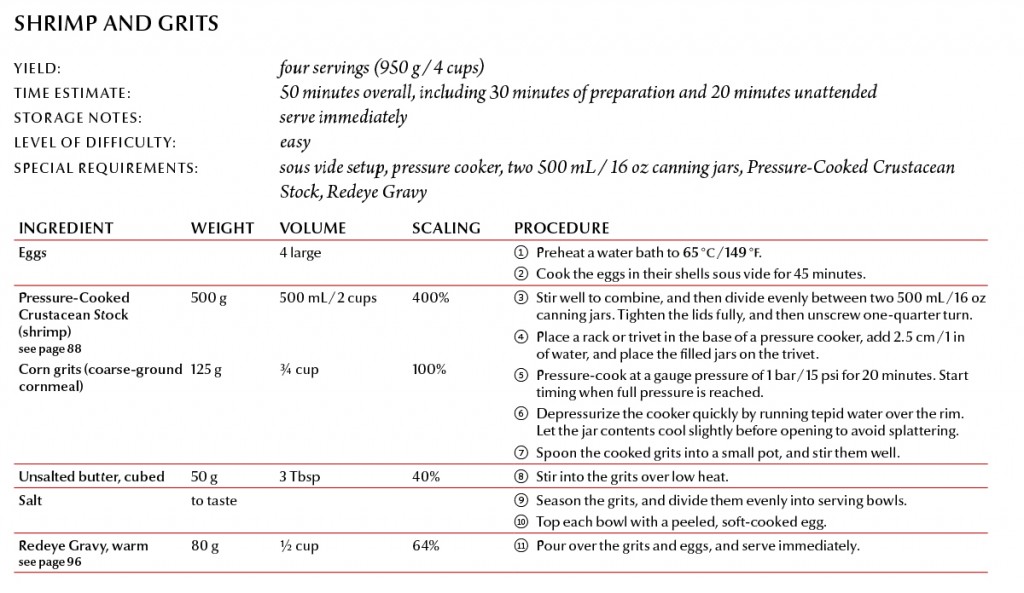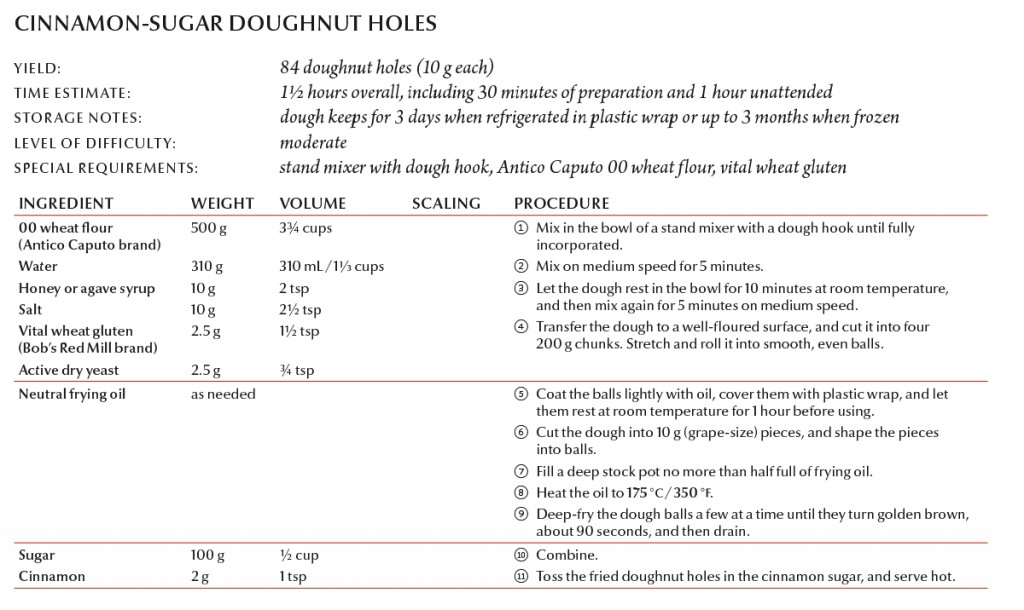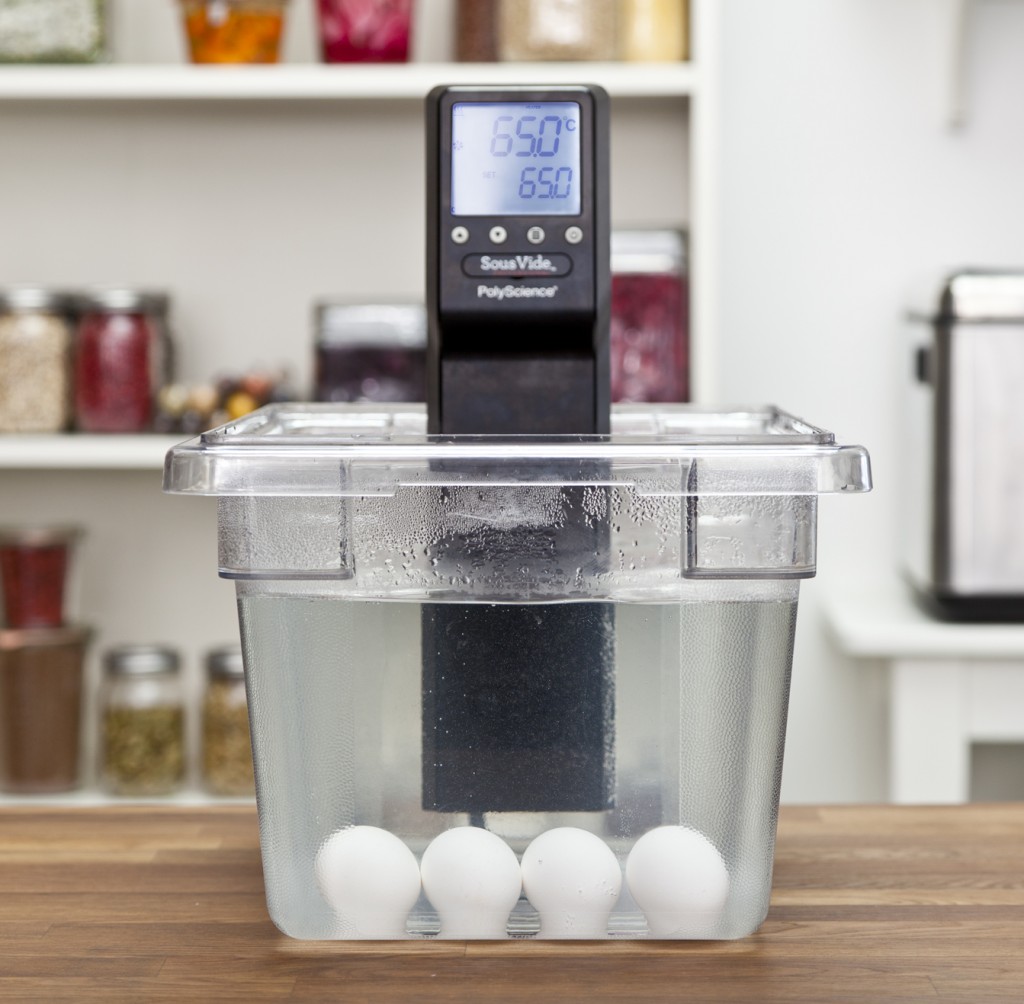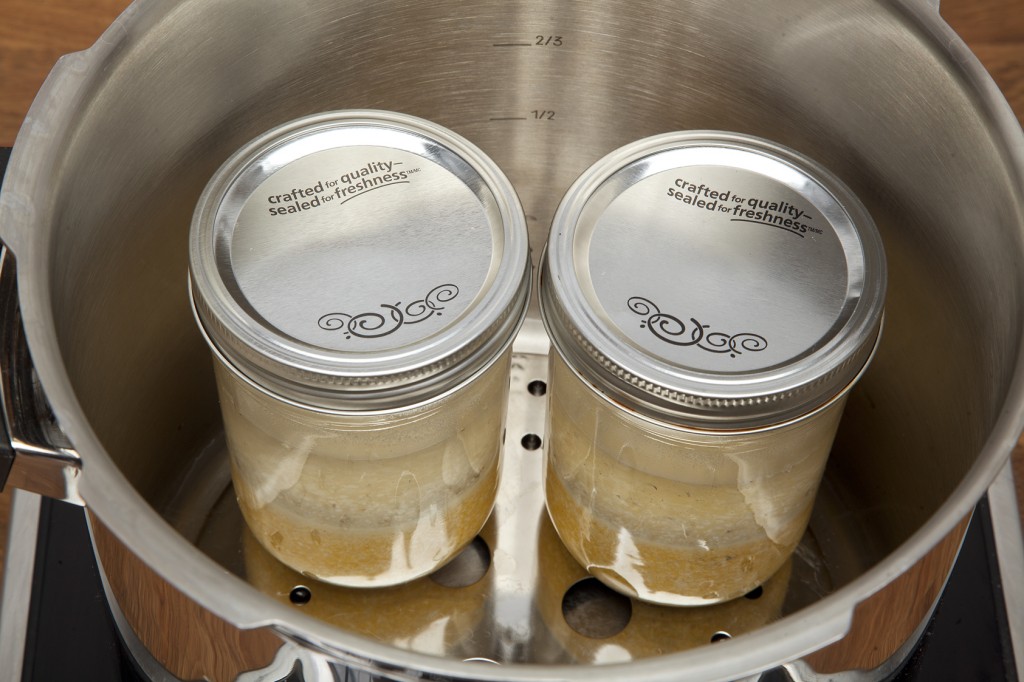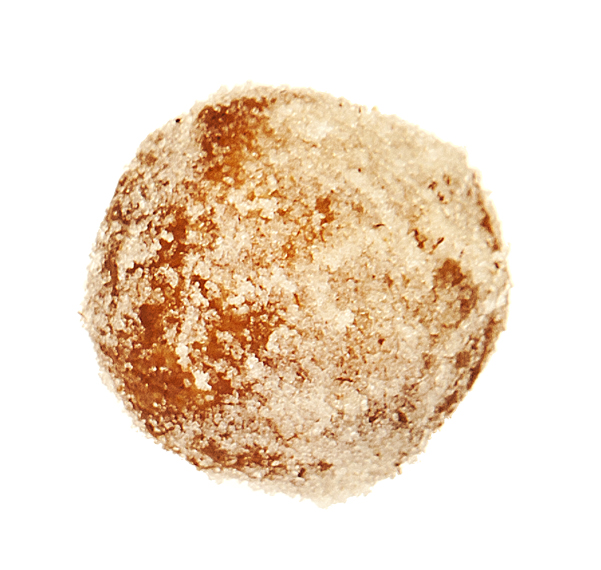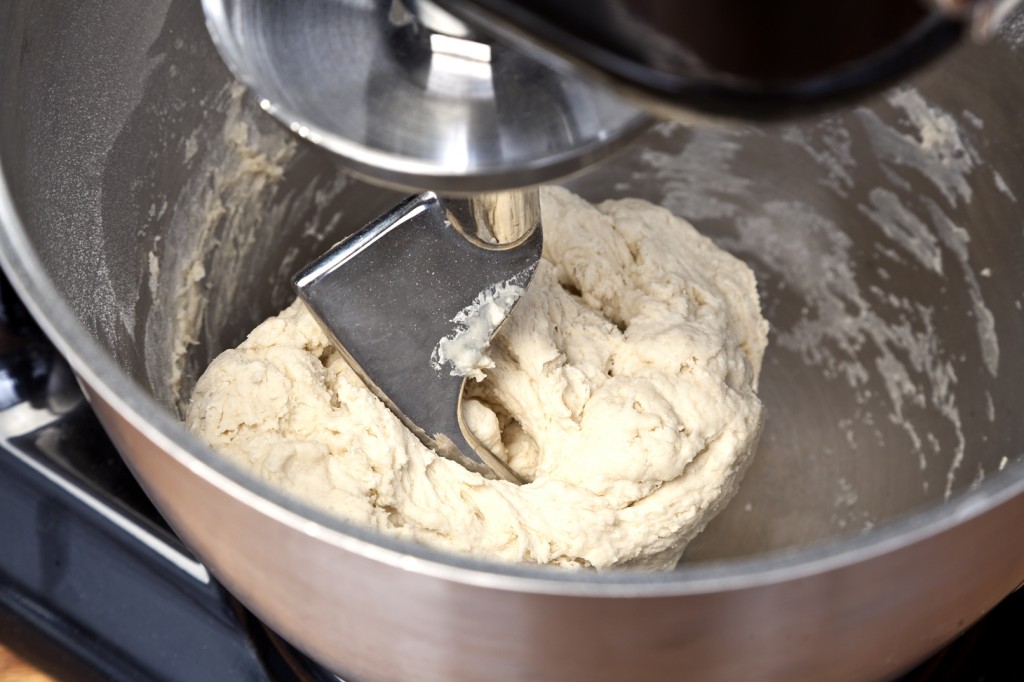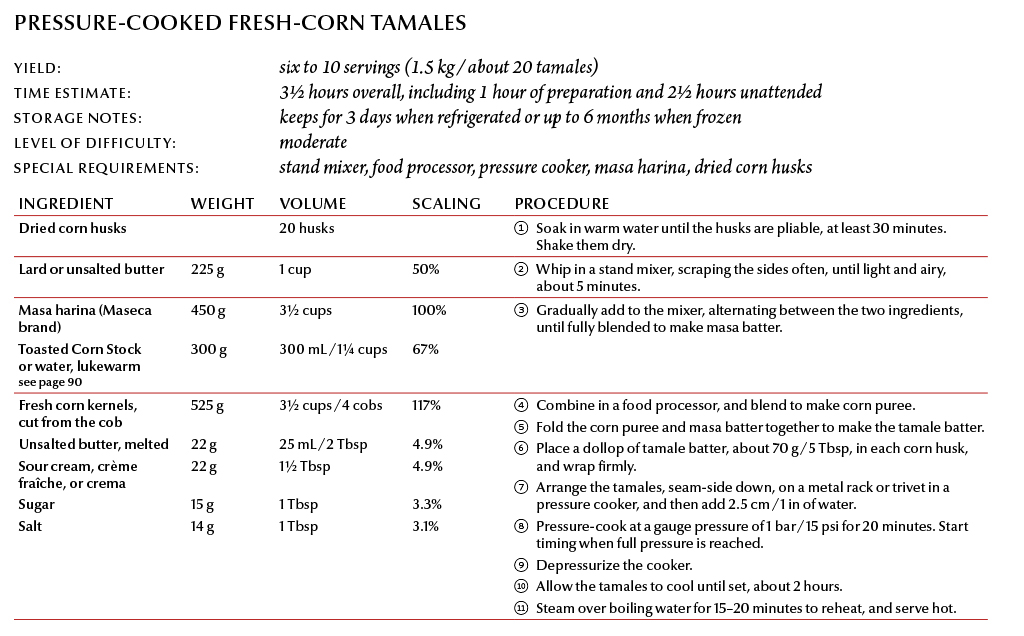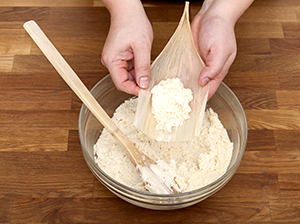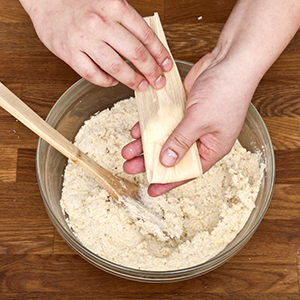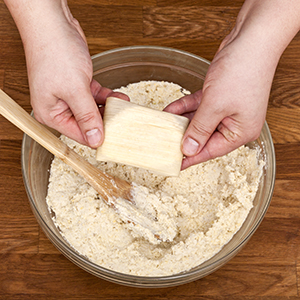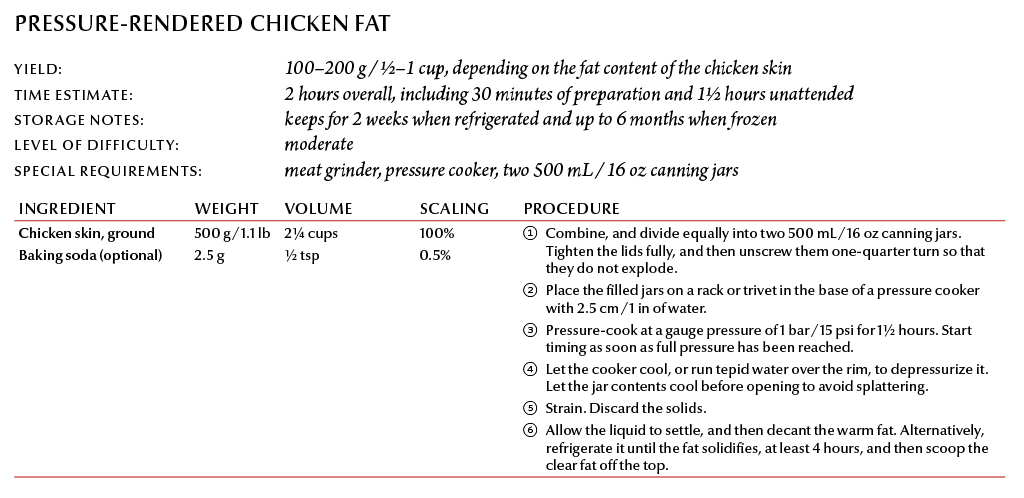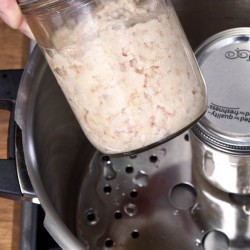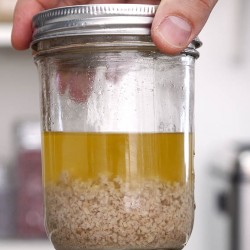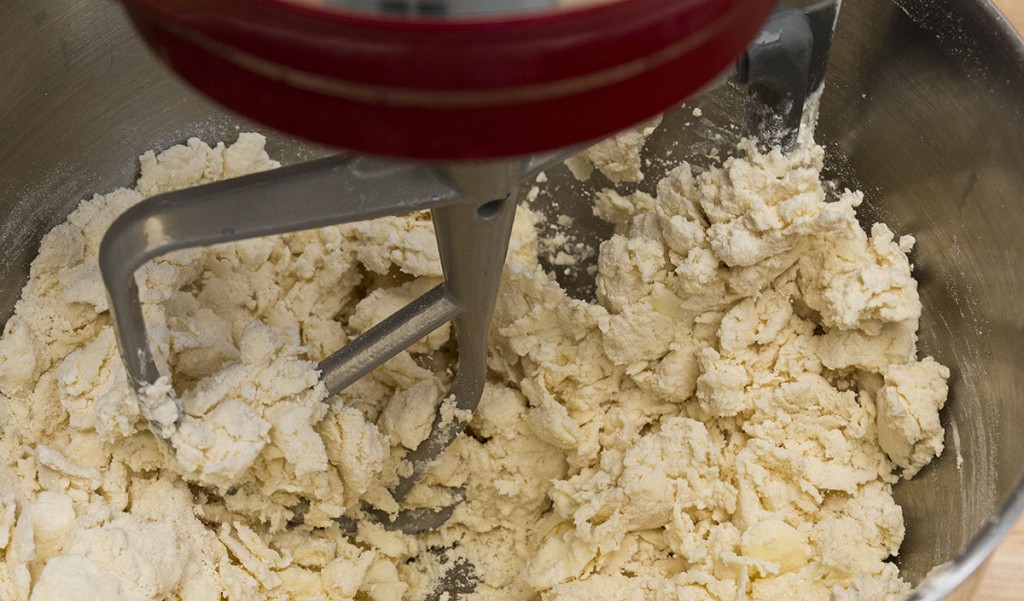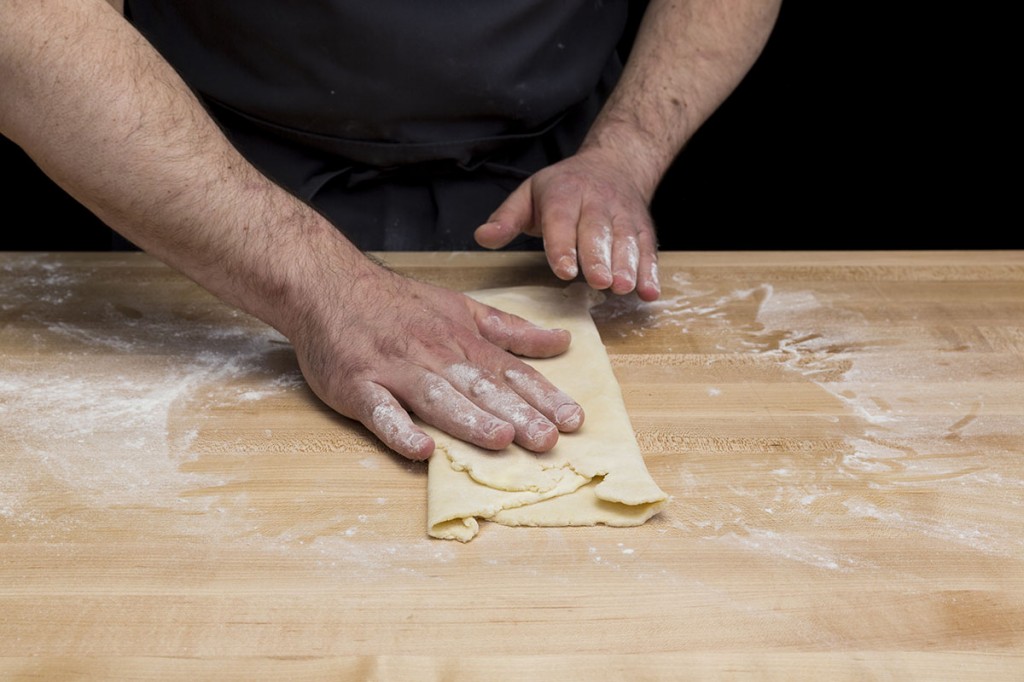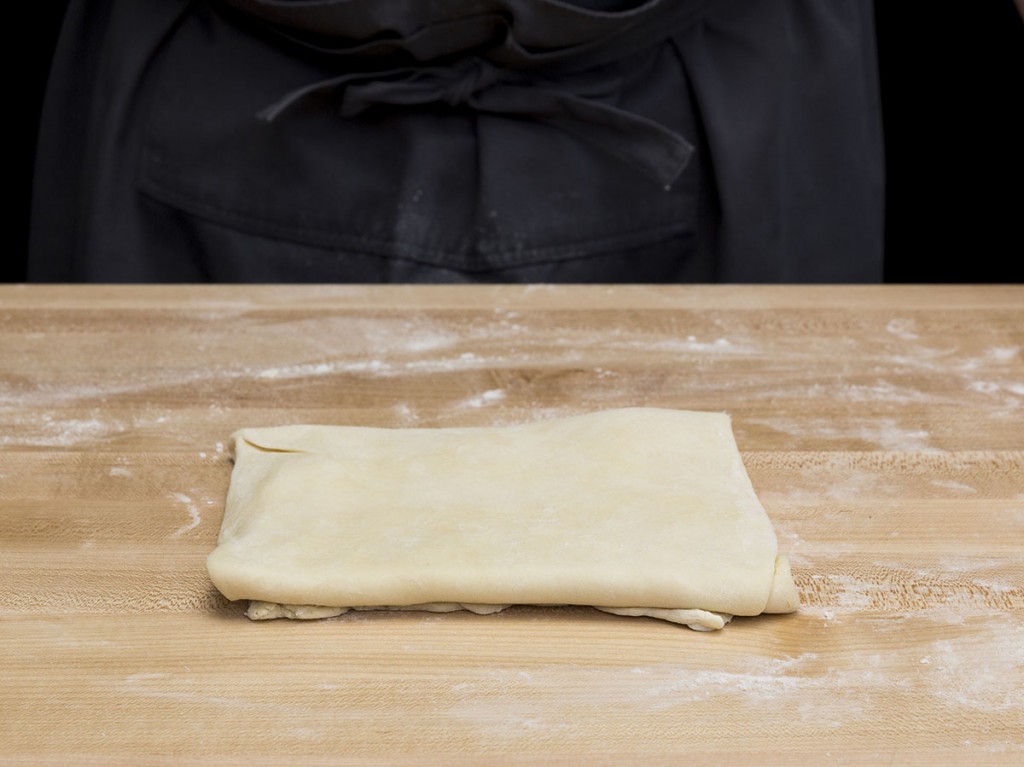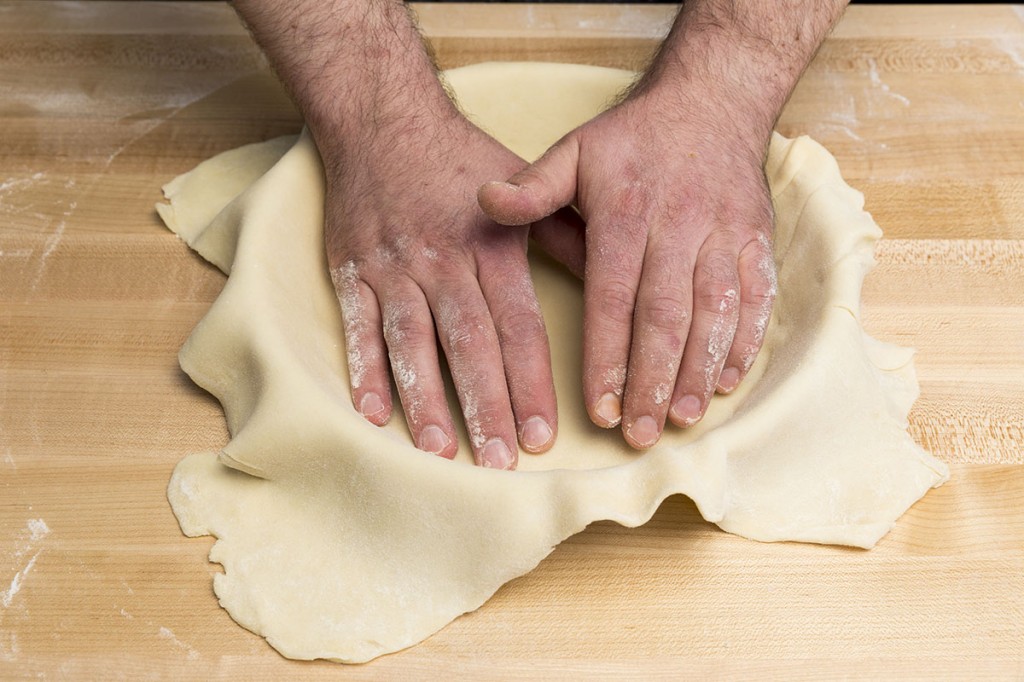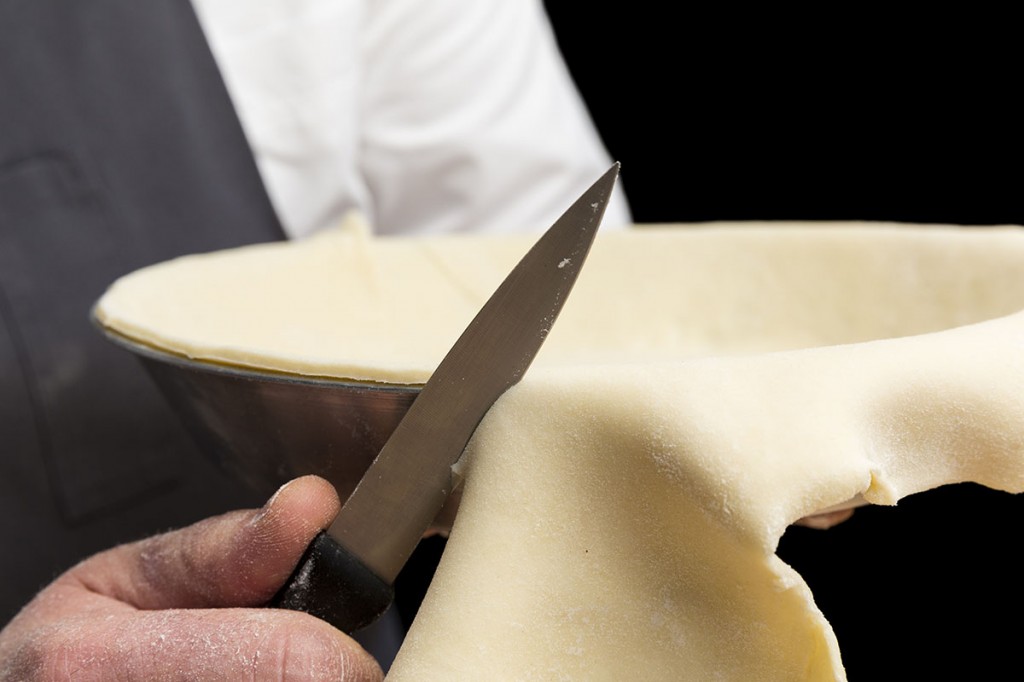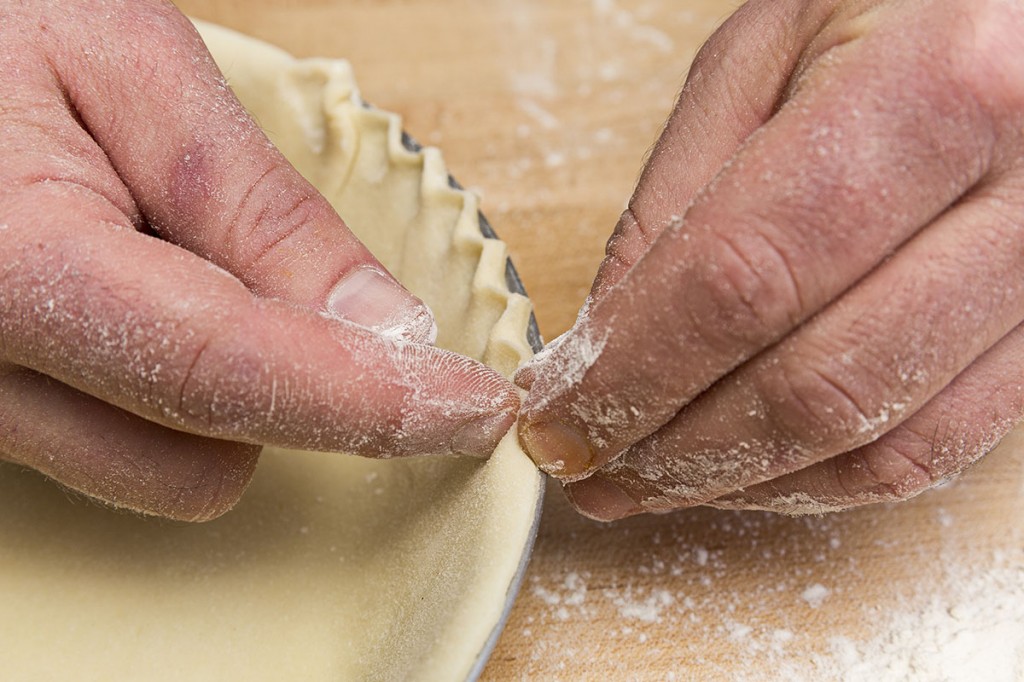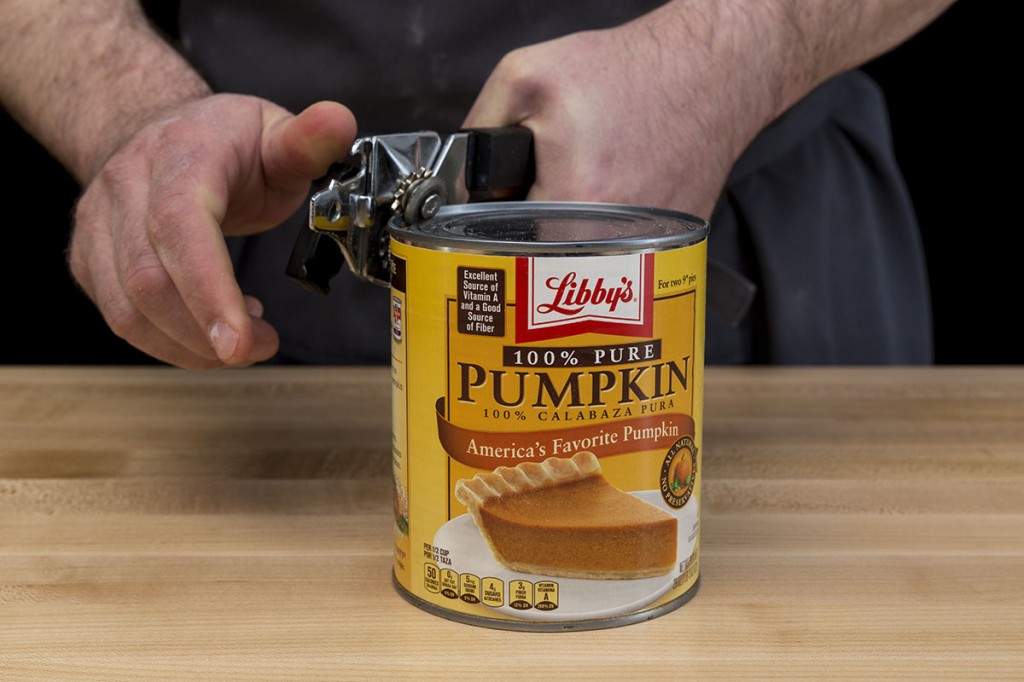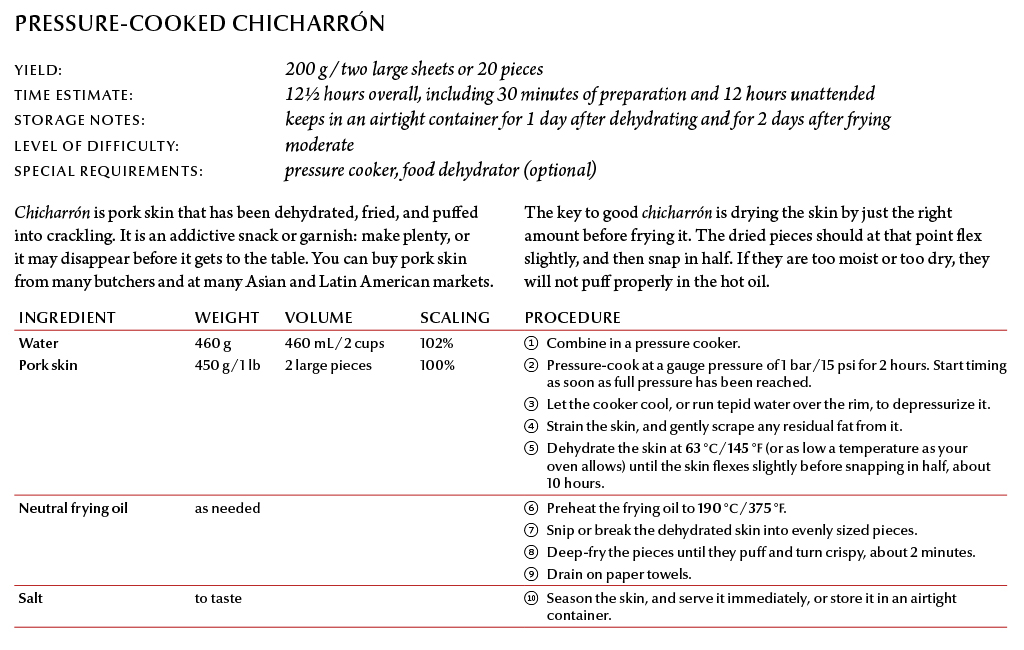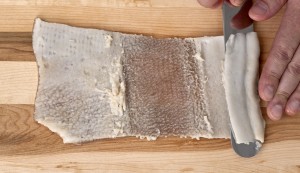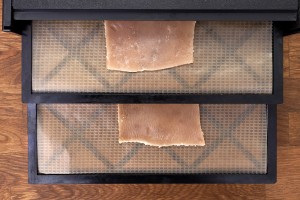There is something deeply inviting about a dollop of fresh butter slowly melting on top of a warm bowl of grits. Indeed, magic can be found at the bottom of that bowl. For many of us who were raised in the south, grits are a reminder of home, of nourishing breakfasts that taught us to savor food, and of meals prepared with warmth and care. No matter your locale, a bowl of well-made grits is a comforting way to start the day, which is why this recipe for Shrimp and Grits seems especially fitting for Mother’s Day.
Beyond childhood breakfasts, grits have a long history of being prepared with soul. Hominy grits were developed by Native American tribes as a thick porridge from stone-milled corn. An offering of goodwill, this simple meal was shared with early colonists in Roanoke, North Carolina, and used to greet settlers of Jamestown, Virginia. Like masa harina, hominy grits underwent nixtamalization—they were softened, hulled, and then ground after being treated with an alkaline solution. Adopted by Southerners, grits were cheap and readily available, a tasty way of feeding hungry communities. The roots of shrimp and grits can be traced to the coast’s low country, where fishermen added freshly caught shrimp to create a humble, yet satisfying breakfast.
You can make grits from course-ground cornmeal from nearly any variety: white, yellow, and blue. The kind of corn and size of the grind affect the cooking time and the amount of water needed. Traditional methods of making good grits require attention—left unattended, the cooking corn meal will stick to the pot and develop lumps. Instant grits offer shorter cooking times but at the cost of blander flavors. Instead, use a pressure cooker and enjoy the real thing, quickly and without constant stirring.
Regional and subregional variations on this dish are abundant. We intensified our Shrimp and Grits by cooking course-ground grits in Pressure-Cooked Crustacean Stock, and the addition of Redeye Gravy adds even more flavor. The soft-cooked egg seems to melt over the finished bowl of warm grits. For a more traditional take, add prawns that have been seared or cooked sous vide.
Save room for something sweet: Cinnamon-Sugar Doughnut Holes pair well with morning coffee and are the perfect way to end an incredible tribute to the mothers in our lives.



